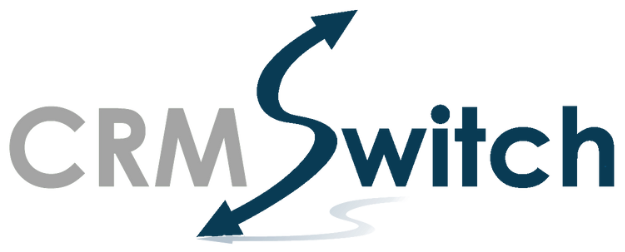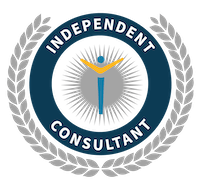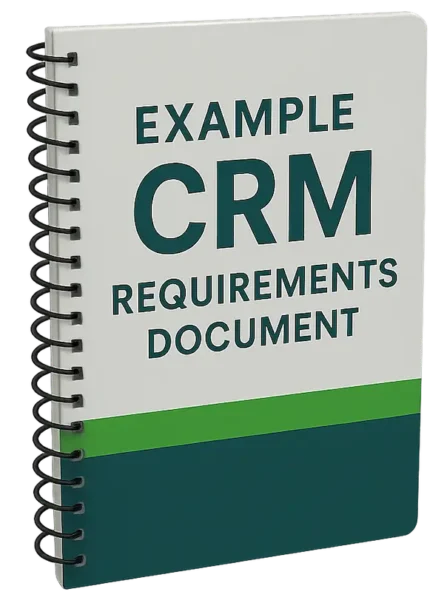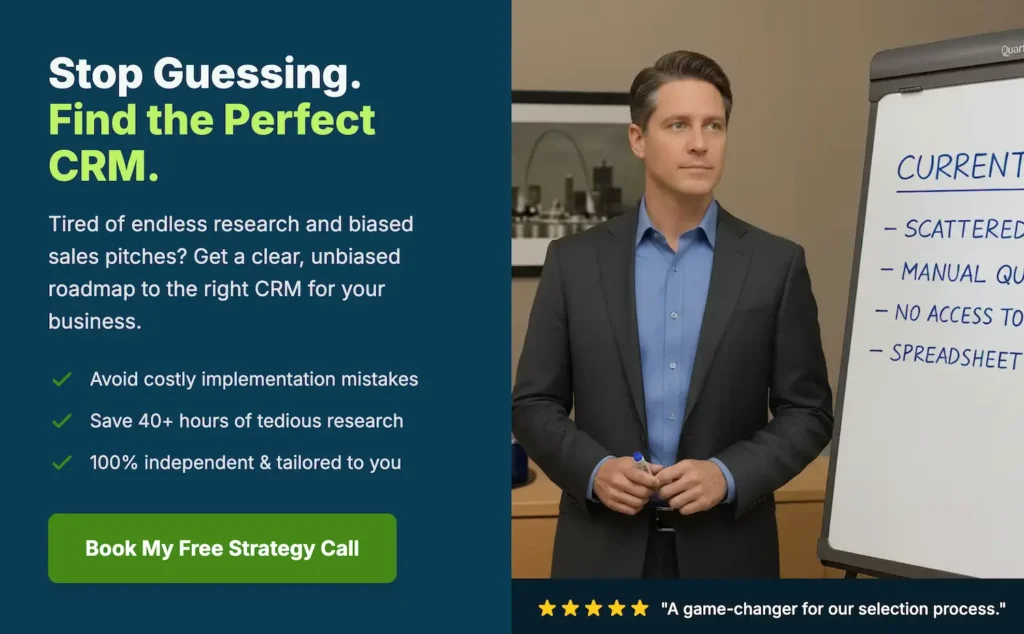Many manufacturing companies have maintained thriving businesses for decades without relying on a standalone CRM (Customer Relationship Management) system.

For most of these companies, the ERP system has served as the company’s primary shared repository of customer information.
Individual salespeople have managed end-customer, dealer, and distributor personnel information as contacts in their email.
A salesperson at a manufacturer who manages major accounts knows precisely whom to stay in touch with. In their case, it’s the quality of relationships, not the quantity.
For manufacturers that do not have a CRM system in place, here are some of the places where we’ve seen customer data stored:
- Leads are in spreadsheets
- Accounts and sales history are in the ERP system
- Contacts are in Outlook, Gmail, contact managers, and paper notepads
- Activities (meetings and phone calls) are in Outlook and Google calendars
- Opportunities are in spreadsheets
Should Manufacturing Companies Rush to Adopt CRM?
Many standalone CRM vendors rightly proclaim that the CRM offered by most ERP vendors is very basic. In small to mid-size businesses, most ERP vendor CRM offerings are not extensible platforms that can be used to build custom functionality and workflow on top of a rudimentary CRM database.
At the enterprise level, Oracle and SAP now offer robust CRM platforms that smaller ERP vendors cannot afford to build or purchase.
Either way, there’s no point in a company adopting a new CRM system just because CRM gets a lot of press.
There needs to be sufficient business drivers.
Beyond the cost of CRM licenses, several costs are associated with CRM. If the business drivers for a new CRM are insufficient, no CRM system will yield a return on investment (ROI), even under the best circumstances.
Learn about our vendor-neutral CRM selection services for manufacturers
Business Drivers for CRM Adoption By Manufacturers
What are some of the business drivers that, as a group, may signal the fact that CRM systems should be evaluated?
Higher Quality Sales Leads
For years, many sales “leads” were lists of trade show booth attendees. Sometimes, leads were lists that were purchased from industry database vendors.
Increased digital marketing efforts are producing higher-quality sales leads compared to traditional methods. An increasing number of leads are people who expressed a business need for your product type or category.
Leads worth following up with need to be efficiently distributed to salespeople. Marketing should understand the disposition of leads so they can capture even better leads in the future.
We helped one of our manufacturing clients evaluate both CRM and marketing automation vendors simultaneously, as inbound marketing efforts were to be an essential value component of the CRM implementation.
Easier Collaboration Among Salespeople
In the absence of CRM, salespeople can communicate internally using many traditional methods, such as email.
However, CRM serves as a collaboration enabler when there is a need for internal, online discussions related to specific prospects, customers, opportunities, and other entities. Conversations can be directly connected to specific companies, people, sales opportunities, and more.
Salesforce’s Chatter, Slack, and Microsoft Teams are examples of this collaborative functionality.
Several of our CRM strategy & selection clients rated this type of cross-communication as a high-priority business requirement.
More Cross-Product Revenue Opportunities
Many manufacturers develop or acquire new products over time. A manufacturer may inherit an entire sales team through an acquisition.
When existing customers are prospects for newly acquired products, CRM is an opportunity to facilitate conversations that can expose and enable new revenue opportunities with existing clients.
The best time to identify how technology can facilitate cross-communication and cross-selling is before investing significantly in a CRM system.
Better Forecasting for Production
For certain types of manufacturers, the sales department can provide the necessary inputs for forecasting at manufacturing plants.
If spreadsheets and ad hoc communications between sales and production are too time-consuming or ineffective, CRM can reduce the time and effort required to provide meaningful forecast inputs.
Smartphone Access to ERP Data
Many of today’s ERP systems have a traditional client/server architecture. For salespeople who work from a home office, a manufacturer’s IT department often sets up remote desktop services access to the ERP system for those salespeople.
However, the IT department doesn’t always have the time or resources to build a smartphone application that provides field users with easy access to ERP data.
If ERP data is synchronized with a CRM system that has a mature smartphone client, field salespeople will have easier access to data, such as open quotes and sales order history, while traveling from client to client.
“Mobile Client” must be more than a CRM feature checklist item. The methods for delivering ERP data to smartphones should be thought through in advance.
Adjunct Software Sales
Many manufacturers develop software programs, such as design software, to help customers with the field applications of their products.
Software represents more of an event sale than a traditional stream of ongoing product orders from distributors. A software sales cycle is a natural fit for CRM, particularly the Opportunity Management component.
Product Registration and Asset Tracking
In a discrete manufacturing environment, sold products can be stored in CRM and linked to their current owners.
When products are registered, this data can be shared with the service and tech support teams. A tech support rep can search for a machine by serial number and link that machine to a service ticket.
Each asset’s tech support and field service history can be viewed within a CRM record.
We advised one of our customers considering a new CRM system to include asset tracking and the relationship between assets and tech support cases as a requirement when evaluating potential CRM vendors.
Capturing Customer Input for Future Product Development and Improved Customer Service
A CRM system can be used to gather customer feedback in several ways.
This can be achieved through surveys sent out after a case is resolved or through the existence of customer communities, which provide a feedback forum for customers.
We helped one customer specify a customer satisfaction landing page. Each closed case triggered an email with a link to the landing page. The survey results could be viewed and reported on within the CRM system.
Other Drivers
There are many other potential drivers for CRM in manufacturing, some of which may be specific to a given manufacturer’s business.
Before investing in expensive CRM technology, it is best to examine your business needs first.
Every manufacturing company is different. There is no one-size-fits-all CRM solution for manufacturers. Through stakeholder and employee interviews before a technology investment, unique drivers will emerge.
These drivers can be used to select the best-fit technology platform and determine the most effective way to tailor it to meet the needs of the manufacturing business.



